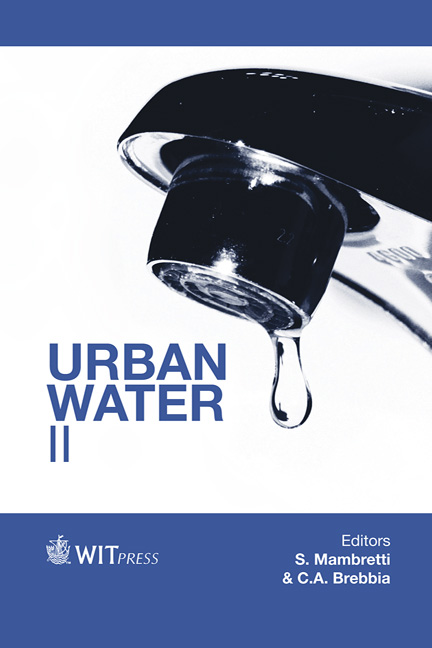Monitoring Guideline Based On Low Impact Development
Price
Free (open access)
Transaction
Volume
139
Pages
11
Published
2014
Size
1,645 kb
Paper DOI
10.2495/UW140191
Copyright
WIT Press
Author(s)
M. Yu, J. Ji, Y. Son, E. Lee & J. Yi
Abstract
Urban planning changes the regime, resulting in a new annual and seasonal hydrologic balance, causing frequency distribution changes of peak flows, magnitude and duration of high and low flows. These changes increase the surface runoff volume, decrease evapotranspiration volume, and groundwater recharge rate. Low Impact Development (LID) is used to create, retain, and restore natural hydrologic and water-quality conditions caused by human activities. Monitoring by element is necessary to confirm for LID. A streamlined monitoring guideline is presented that aids the development of strategies to assess the performance and effectiveness of sustainable storm water management. The guideline focuses on hydrology and water quality monitoring, site-specific, and watershed scales. This study puts emphasis on hydrology and water quality monitoring of an LID test site in South Korea. Keywords: low impact development, monitoring guideline, hydrology, water quality.
Keywords
low impact development, monitoring guideline, hydrology, water quality.





